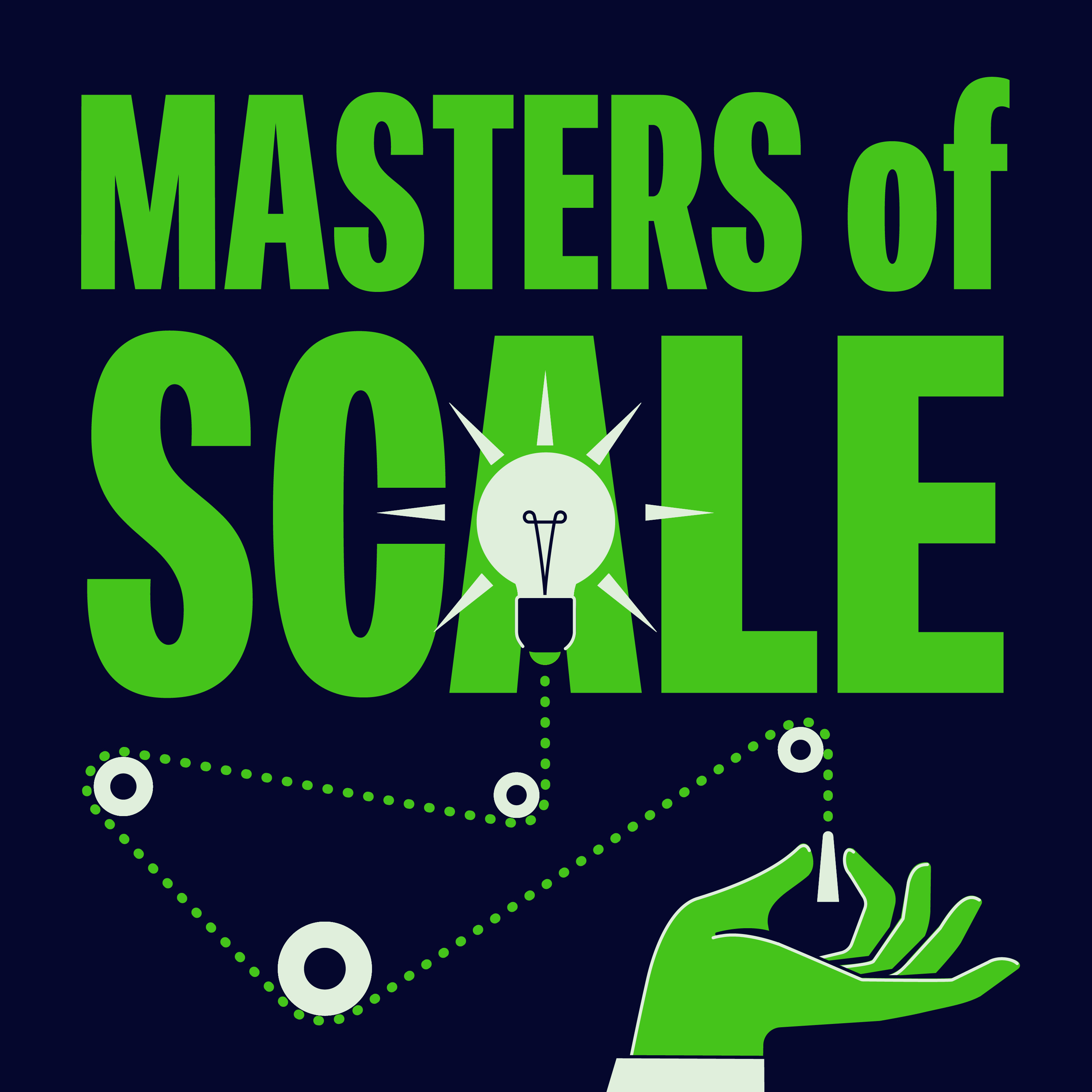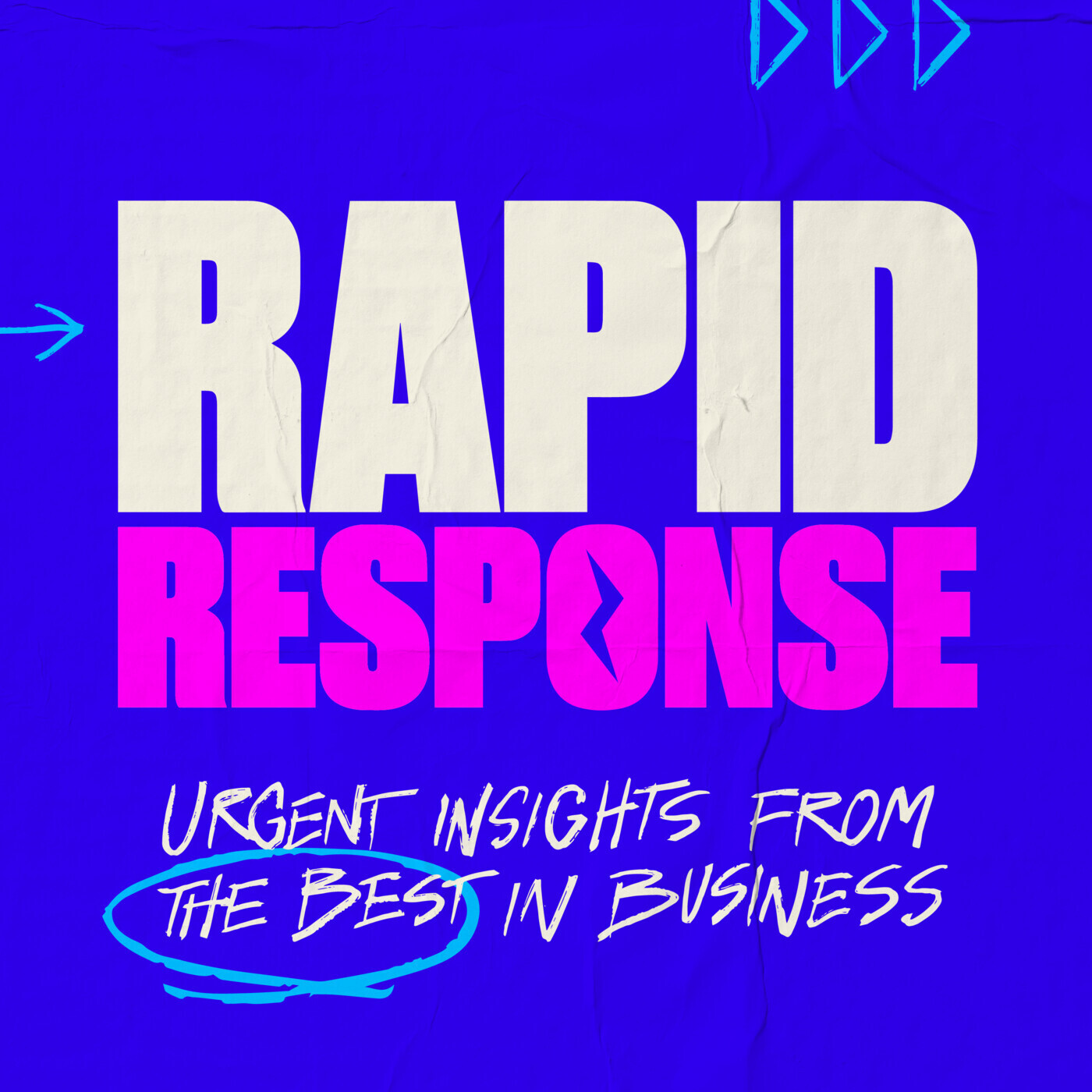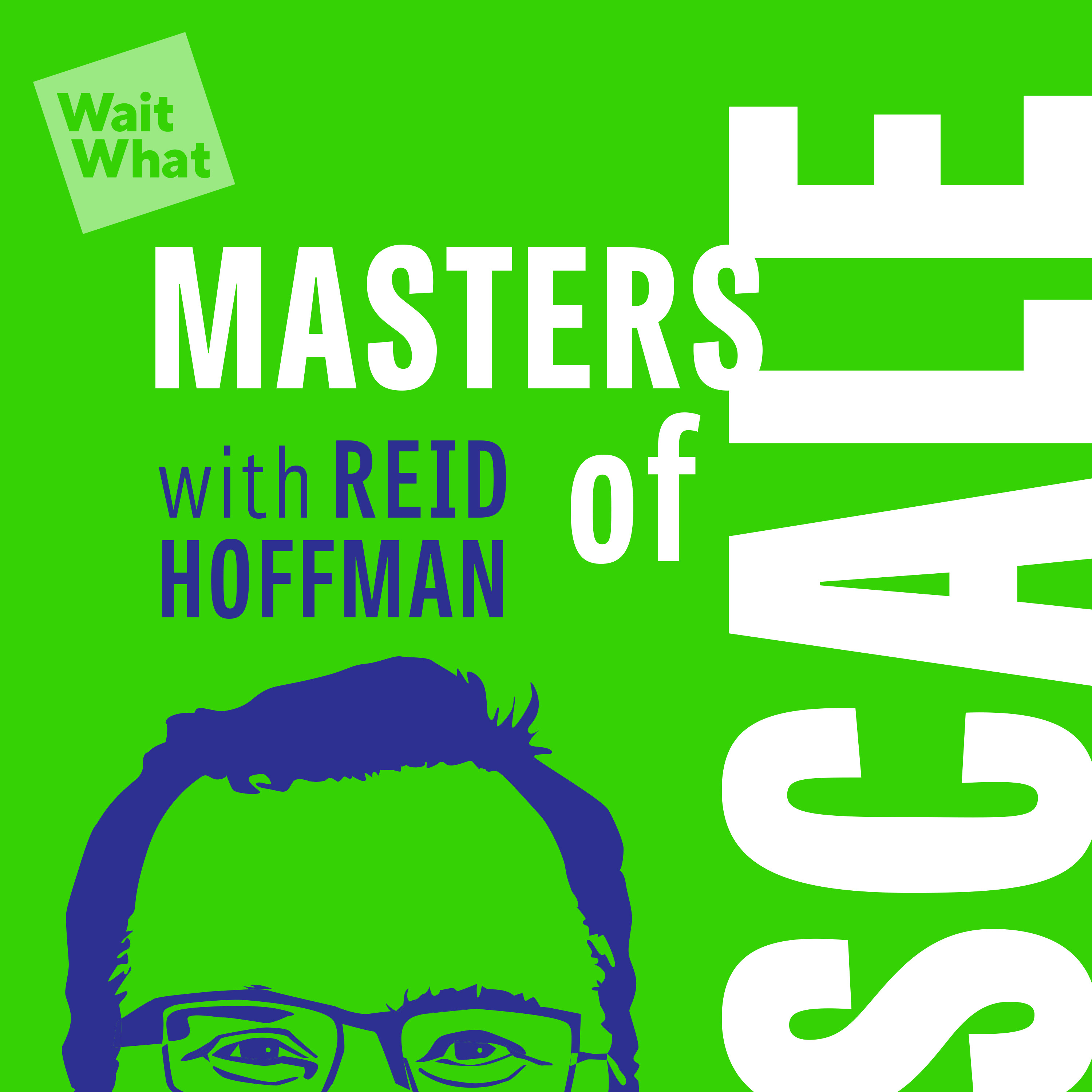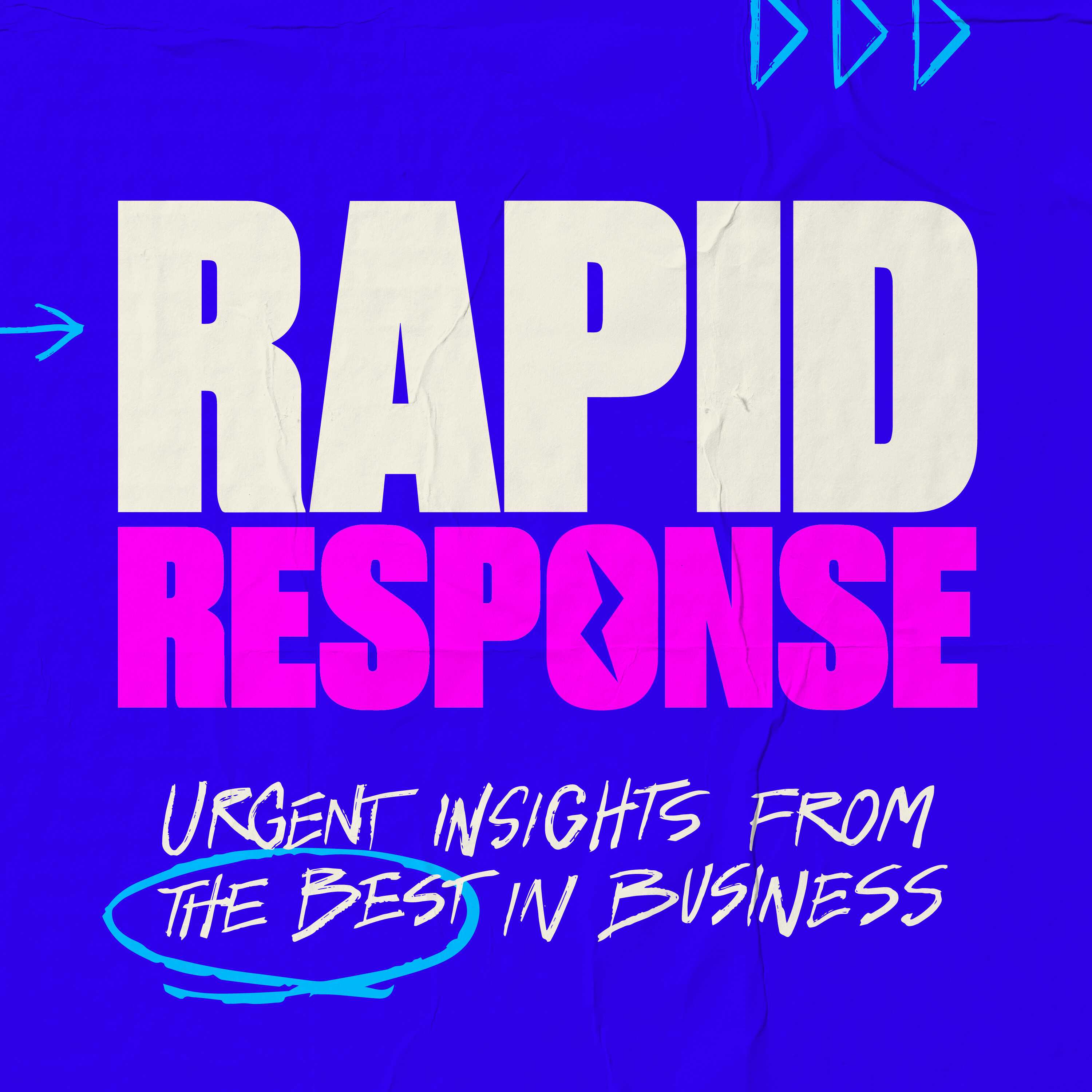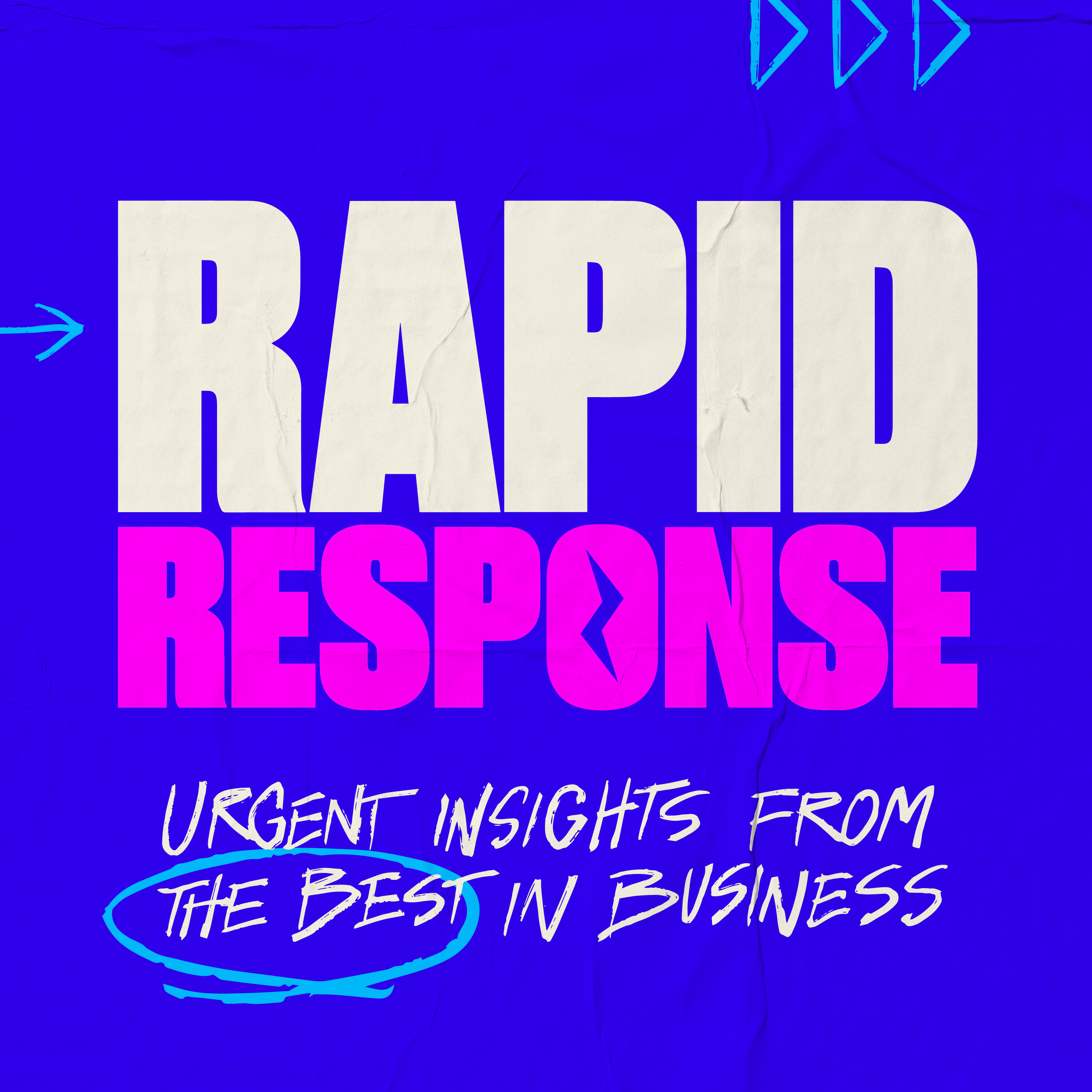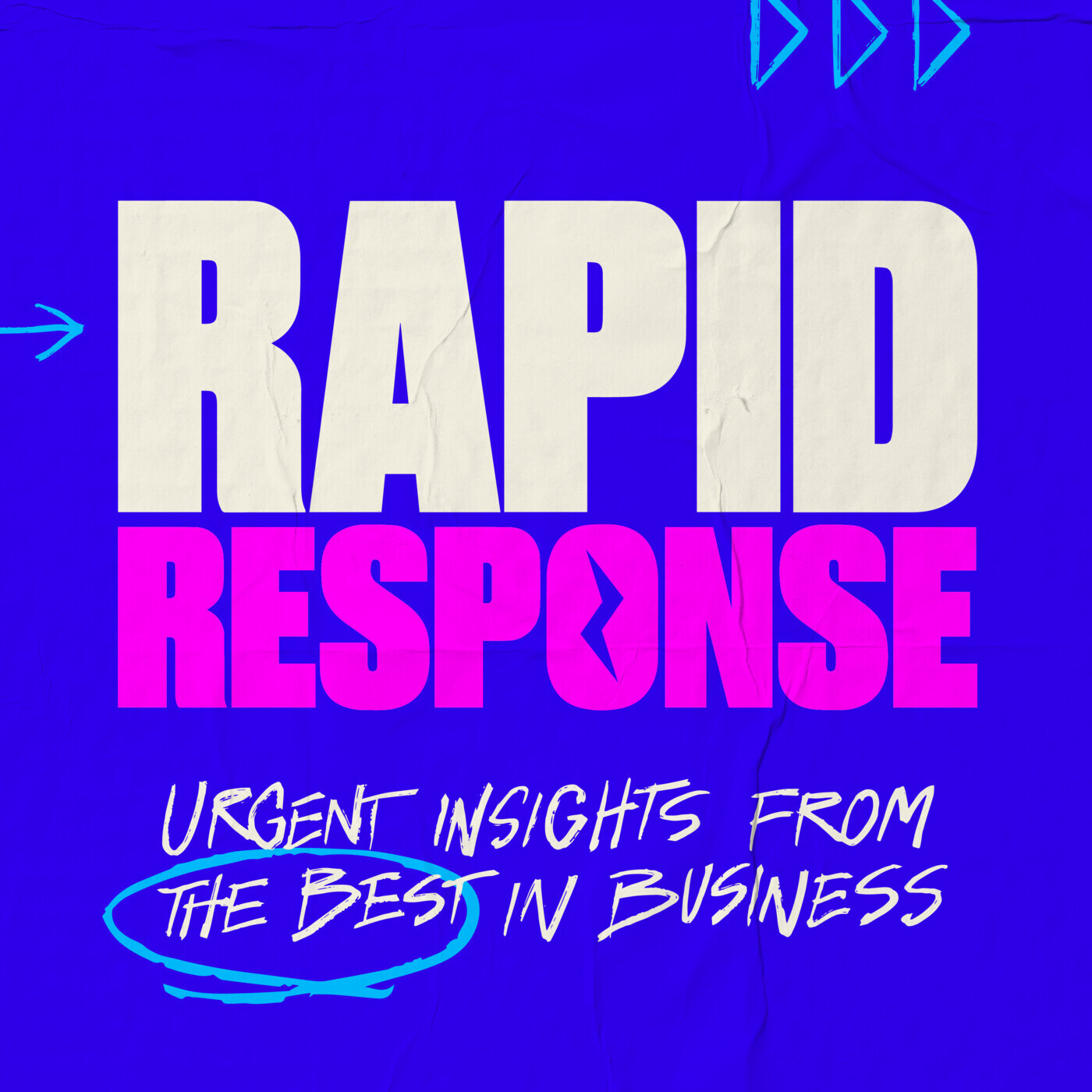
July 2, 2024 • 29min
Rapid Response: Why the fashion industry needs a makeover, with Imran Amed
Masters of Scale

Key Takeaways
- The fashion industry is at a critical inflection point, with slowing growth and challenges to both high-end luxury brands and fast fashion retailers
- There is tension between creativity and business imperatives in fashion, with large corporate players struggling to balance artistic vision with financial demands
- The rise of ultra-fast fashion players like Shein and Temu is disrupting traditional models, though concerns remain about sustainability and labor practices
- Artificial intelligence, the growing Indian market, and addressing fashion's environmental impact are key trends to watch in the industry
- Fashion reflects broader cultural and societal shifts, making it a powerful lens through which to view the world
Introduction
Imran Amed, founder and editor-in-chief of The Business of Fashion, joins the podcast to provide an insider's perspective on the state of the fashion industry in 2024. As the preeminent authority on the business of fashion and luxury, Amed offers unique insights into the challenges and opportunities facing brands, retailers, and designers. The conversation covers recent events like Paris Couture Week as well as broader industry trends around sustainability, technology, and changing consumer behaviors.
Topics Discussed
Paris Couture Week and the State of Haute Couture (02:38)
Amed explains the significance of the recent Paris Couture Week within the broader fashion calendar:
- Haute couture sits at the top of the fashion pyramid, with strict rules around production and craftsmanship
- Only about 200 clients worldwide purchase haute couture pieces, which can cost hundreds of thousands of dollars
- While a small business, couture serves as the "dream factory" for fashion brands, inspiring ready-to-wear lines and accessories
He notes some key takeaways from the recent shows:
- Designers like Thom Browne and Daniel Roseberry (Schiaparelli) delivered highly creative, experiential shows despite industry challenges
- Major houses like Dior and Chanel showed signs of struggling with slowing sales and leadership transitions
- "We're in really a transitional moment both for Dior and for Chanel, the two kind of pinnacles of haute couture." - Imran Amed
Challenges Facing the Fashion Industry (08:44)
Amed outlines several key issues impacting fashion businesses:
- Corporatization of fashion: Large conglomerates dominate, making it difficult for independent designers
- Retail channel disruption: Department store struggles and e-commerce turmoil (e.g. Farfetch near-bankruptcy, Matches administration) hurt emerging brands
- Slowing growth: Industry growth rates down to 2-3%, some companies not growing at all
- Loss of creativity: Focus on growth and financial metrics has led to homogenization of products
"We're missing that creativity that I think customers are really looking for, especially now that they're scrutinizing their spend so much more." - Imran Amed
Balancing Creativity and Business in Fashion (14:27)
Amed discusses the evolving power dynamics between creative and business leaders in fashion:
- 17 years ago, creative talents held more sway over business decisions
- Now, the pendulum has swung toward business imperatives, with public companies focused on quarterly growth
- This shift has constrained creativity and led to more homogeneous products
- The industry needs to find a better balance between artistic vision and commercial realities
Pharrell Williams at Louis Vuitton (17:58)
Amed analyzes the appointment of musician Pharrell Williams as creative director at Louis Vuitton:
- Williams follows Virgil Abloh in bringing a cultural curator perspective rather than traditional design background
- Initial industry backlash over not choosing an experienced fashion designer
- Early commercial success with reimagined classic bags suggests the strategy may be working
- Reflects LVMH's vision of Louis Vuitton as a cultural brand beyond just fashion
Insider/Outsider Perspective on Fashion (21:51)
Amed reflects on his journey from industry outsider to respected insider:
- Initially faced rejection trying to enter fashion with business background
- Outsider perspective ultimately valued for bringing fresh insights
- Importance of connecting fashion to broader technological, geopolitical, cultural forces
- "The most interesting thing you can do if you look at historical photos going back 50 or 100 years is to look at what people are wearing. It gives you a sense of what's happening in the world at that time." - Imran Amed
Fast Fashion Disruption (24:47)
Amed examines the impact of ultra-fast fashion players like Shein and Temu:
- Waste reduction: More responsive manufacturing reduces unsold inventory waste
- Data-driven: Better at predicting and responding to consumer demand
- Concerns: Questions about materials, labor conditions, encouraging disposable mindset
- Traditional player responses:
- Zara moving upmarket, investing in data and supply chain
- H&M struggling to maintain creative edge despite sustainability focus
"The biggest thing we need to change is customers' relationships with clothes. And the industry has a big part to play in that." - Imran Amed
Key Trends to Watch in Fashion (27:57)
Amed highlights three major trends shaping the future of fashion:
- Artificial Intelligence: Likely to disrupt both business and creative processes in fashion
- Rise of Indian fashion market: India projected to become third-largest economy, attracting fashion CEO attention
- Sustainability and waste reduction:
- Moral imperative to address fashion's environmental impact
- Economic opportunity to increase profitability by reducing waste
- "Reducing waste in fashion is also going to increase profitability in fashion." - Imran Amed
Conclusion
The conversation with Imran Amed illuminates the complex, multifaceted nature of the fashion industry. While artistic creativity remains at its core, fashion businesses must navigate technological disruption, changing consumer behaviors, sustainability imperatives, and intense financial pressures. The industry is at an inflection point, with established luxury houses and fast fashion giants alike struggling to adapt.
Amed's insider/outsider perspective highlights the value of bringing diverse viewpoints to an industry often criticized for insularity. His emphasis on connecting fashion to broader cultural and societal shifts underscores its continued relevance and power as a reflection of our times.
Looking ahead, the integration of AI, expansion into emerging markets like India, and a renewed focus on sustainability appear poised to reshape fashion in the coming years. For business leaders within and beyond the industry, fashion offers valuable lessons in balancing creativity and commerce, adapting to disruptive forces, and remaining culturally relevant in a rapidly changing world.
